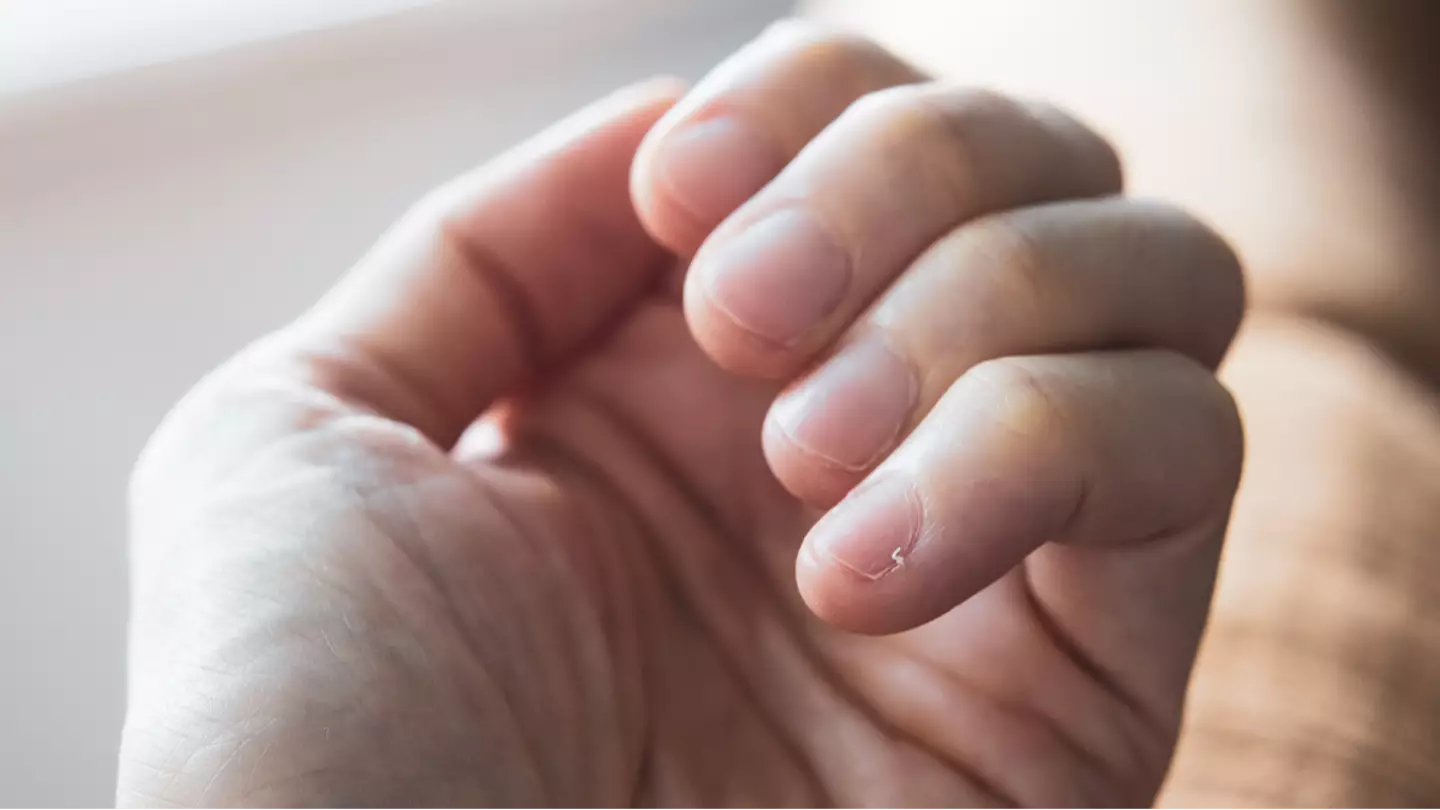
31 Dec 2025

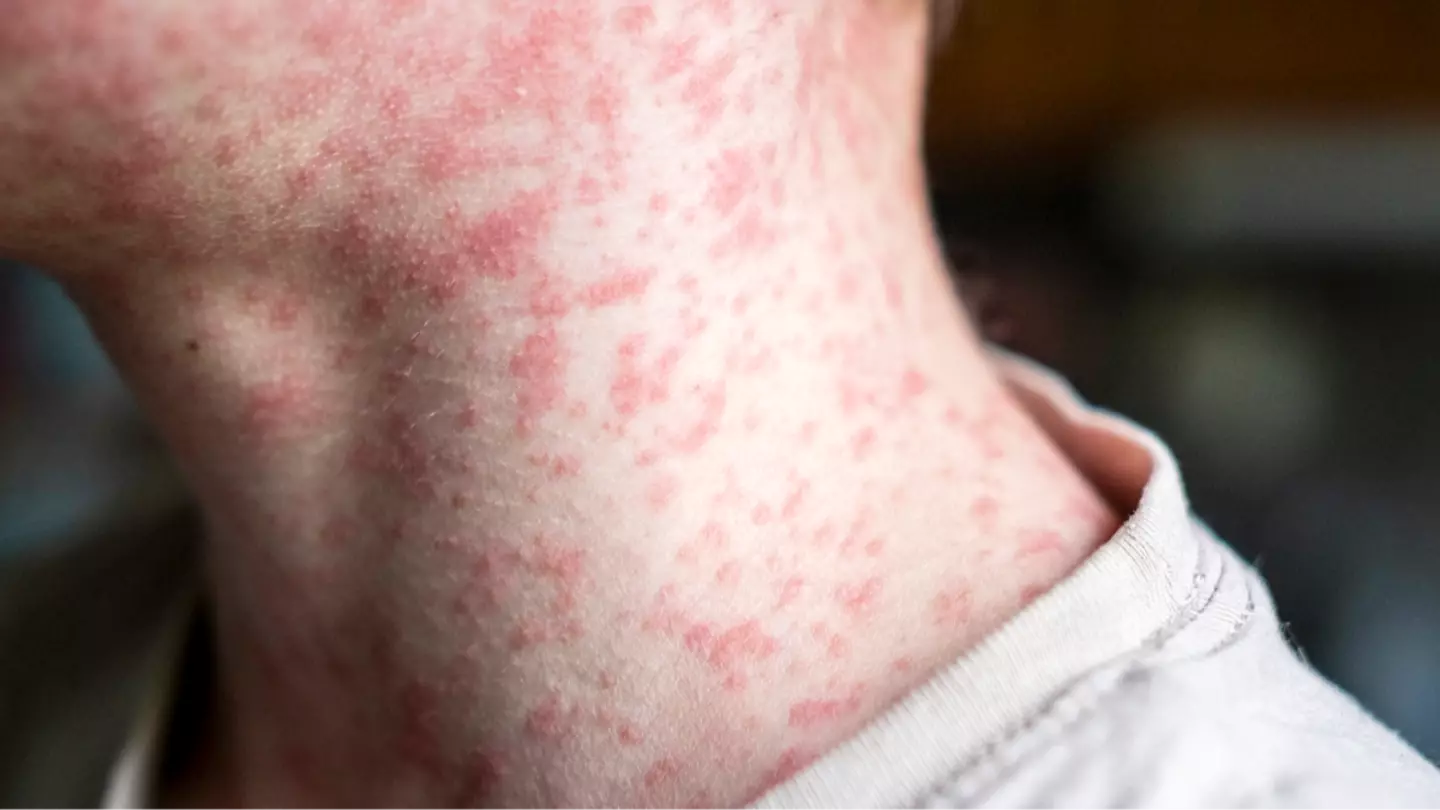
Reports suggest that 93 percent of those diagnosed with the illness in 2025 are unvaccinated or their vaccination status is unknown

The doctor dismissed some of the common ideas around alcohol and sex

There are a number of signs to be aware of

It's common to enjoy an alcoholic drink while traveling, but experts have advised it could hit you harder than expected
30 Dec 2025

It's worth bearing in mind as you pop the cork on the champagne for New Year

It's a daily habit we often neglect...

Dane revealed he had been diagnosed with ALS back in April
29 Dec 2025

The overlooked cancer symptom can be mistaken for less serious illnesses
28 Dec 2025

Not quite the 'year in review' you were expecting...
27 Dec 2025
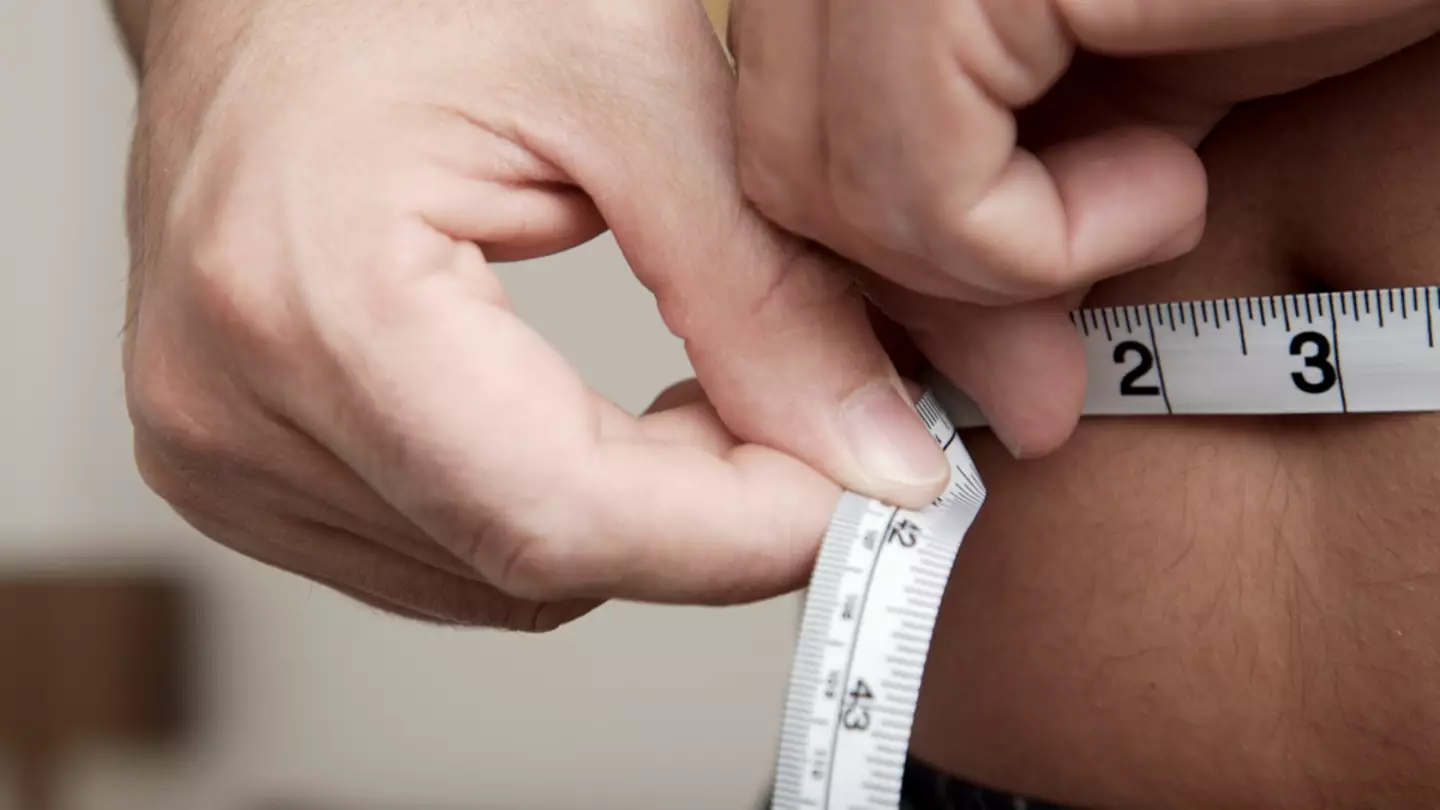
Extreme diets aren't always the best option when embarking on a weight loss journey

Most people only experience it once or twice in their lifetime
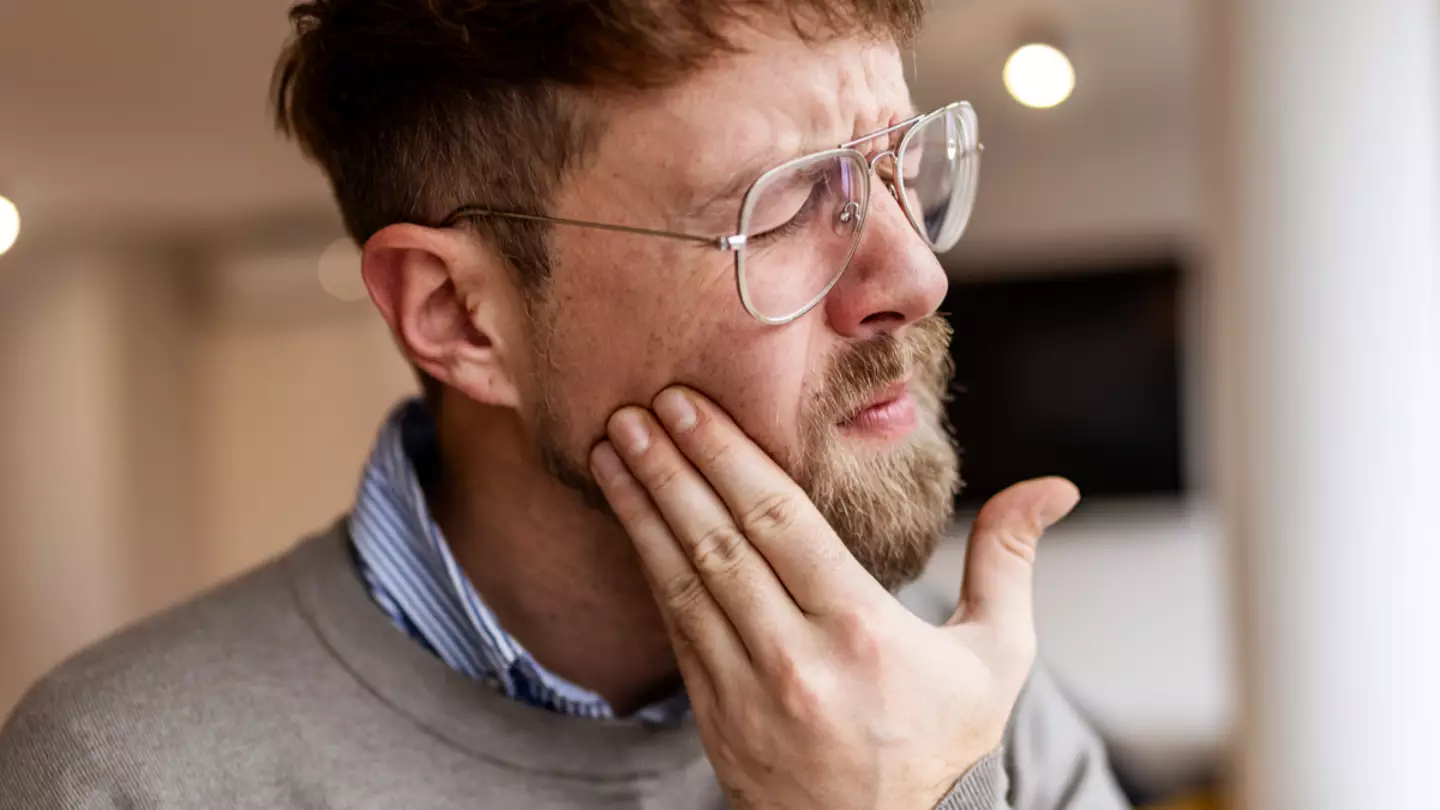
Some of your simple everyday habits could actually be putting your health at risk

The term actually has a very specific definition
26 Dec 2025

Prostate cancer is the second-biggest cancer killer of men in the US
24 Dec 2025

Constipation is the last thing you want around the Christmas dinner table...

There's a lot to celebrate over the festive season, but issues between the sheets might be a cause for concern
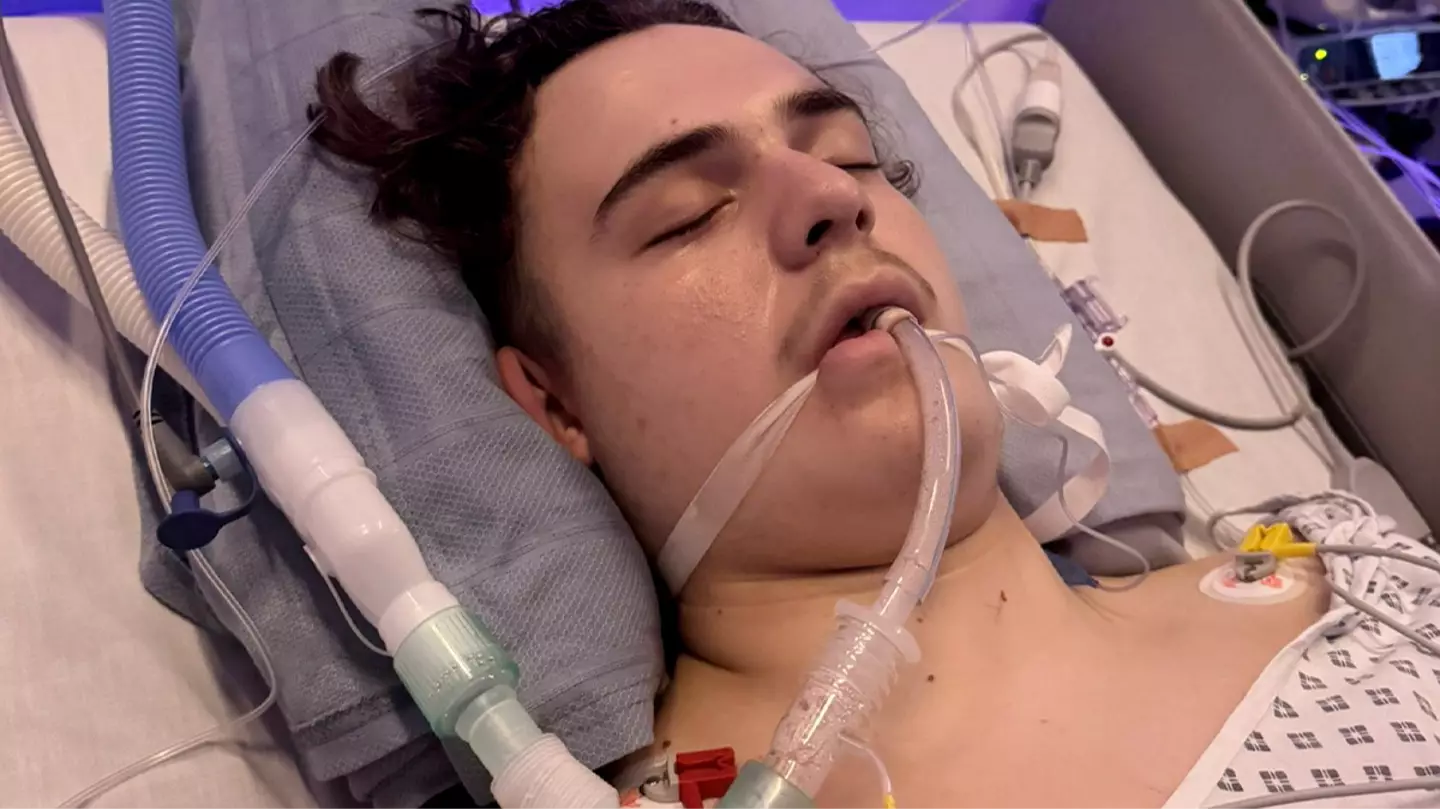
Max Hall was sent away with painkillers after a visit to the doctor
23 Dec 2025

He says he has 'less time than I'd prefer' left
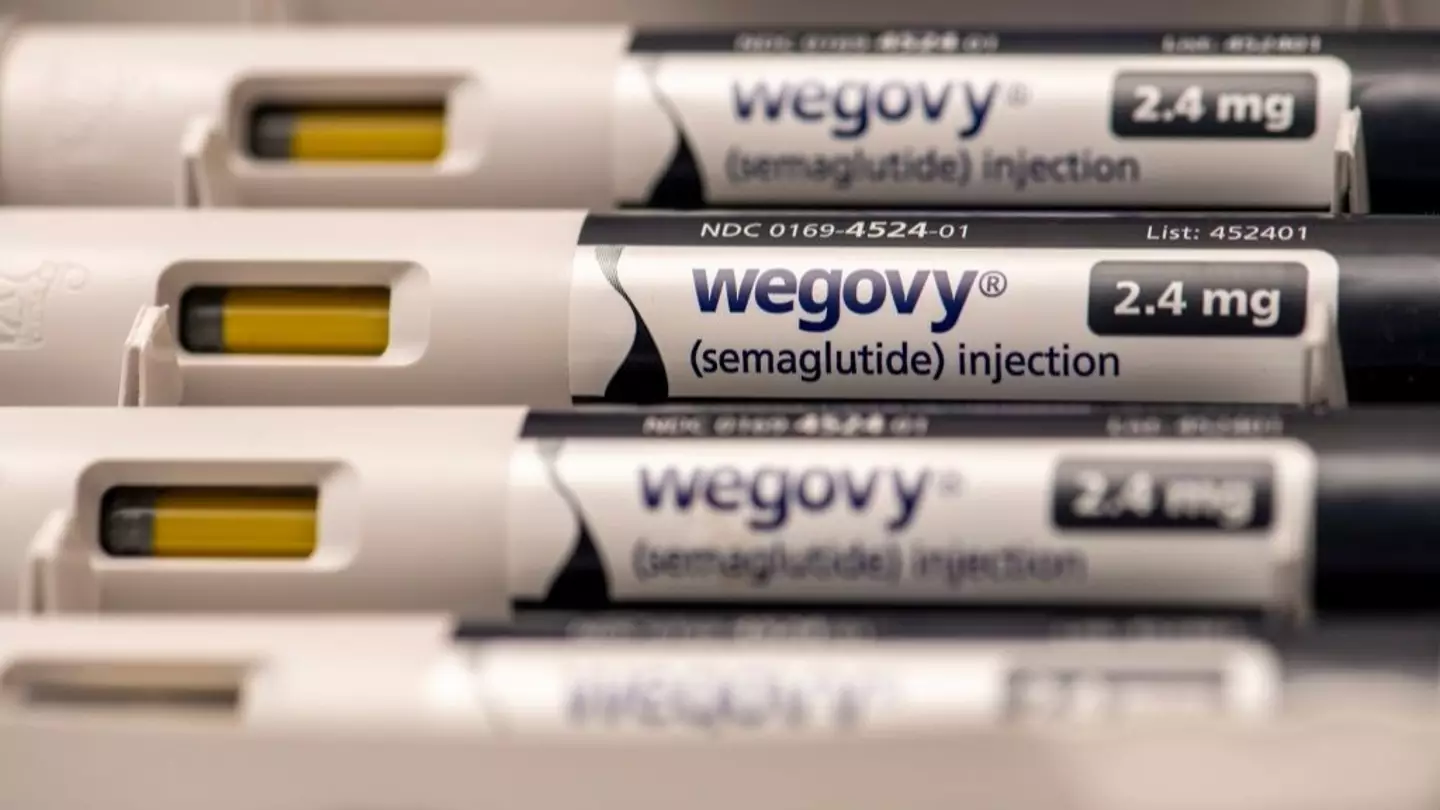
Injectable weight-loss drugs could become a thing of the past
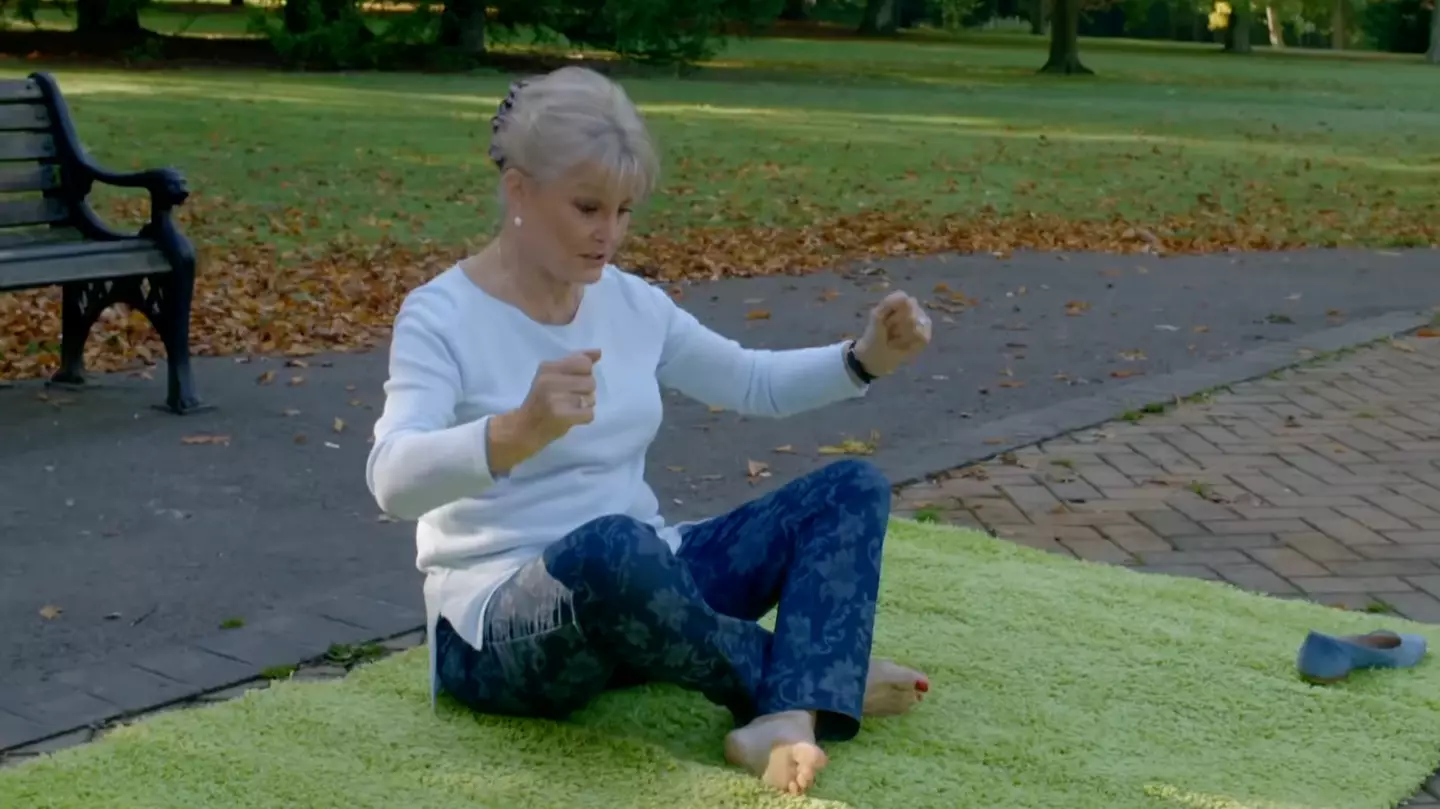
A cheery story for Christmas!
22 Dec 2025
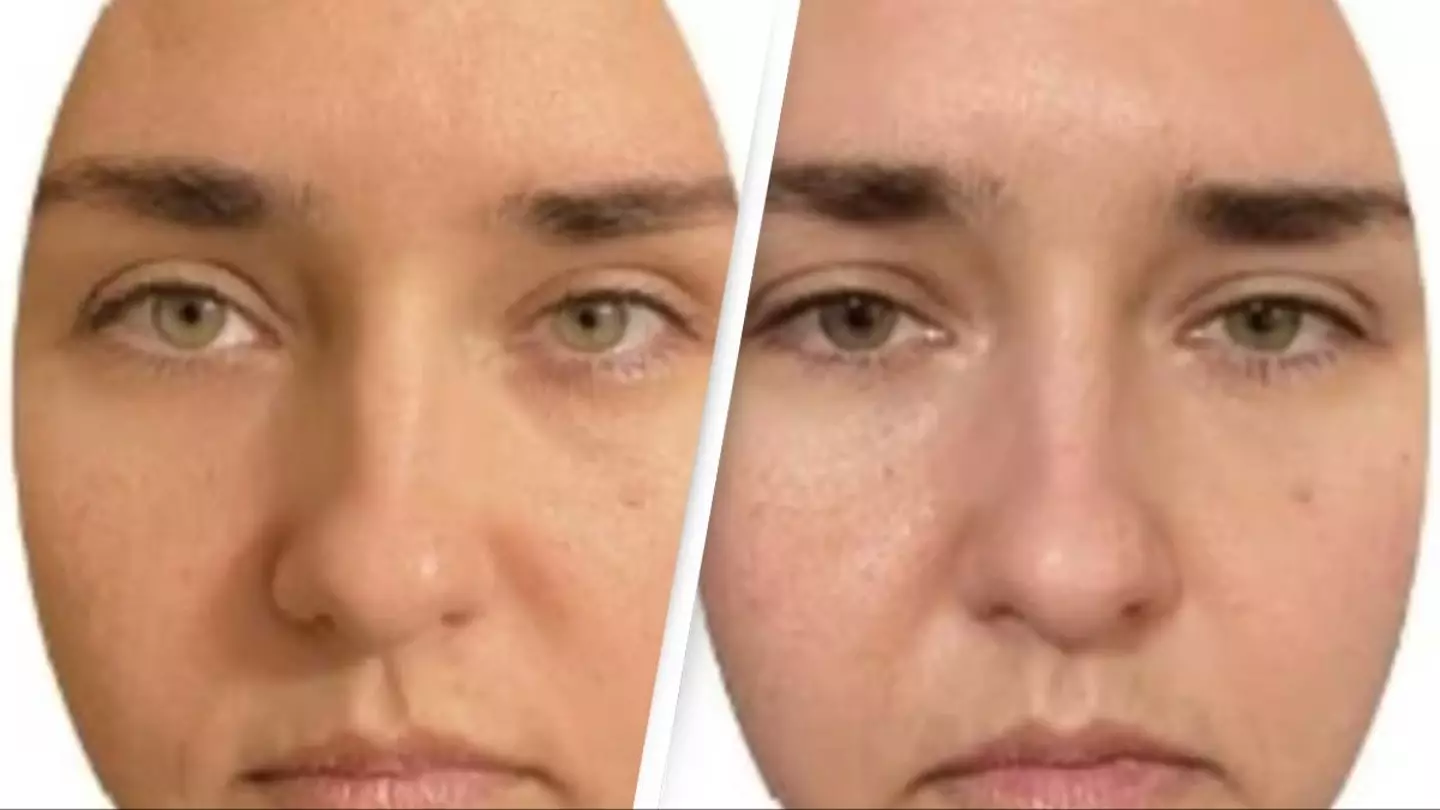
Interestingly, the study found women are better at figuring out when someone is sick

The British mom appeared on a UK TV show to discuss her rare disorder
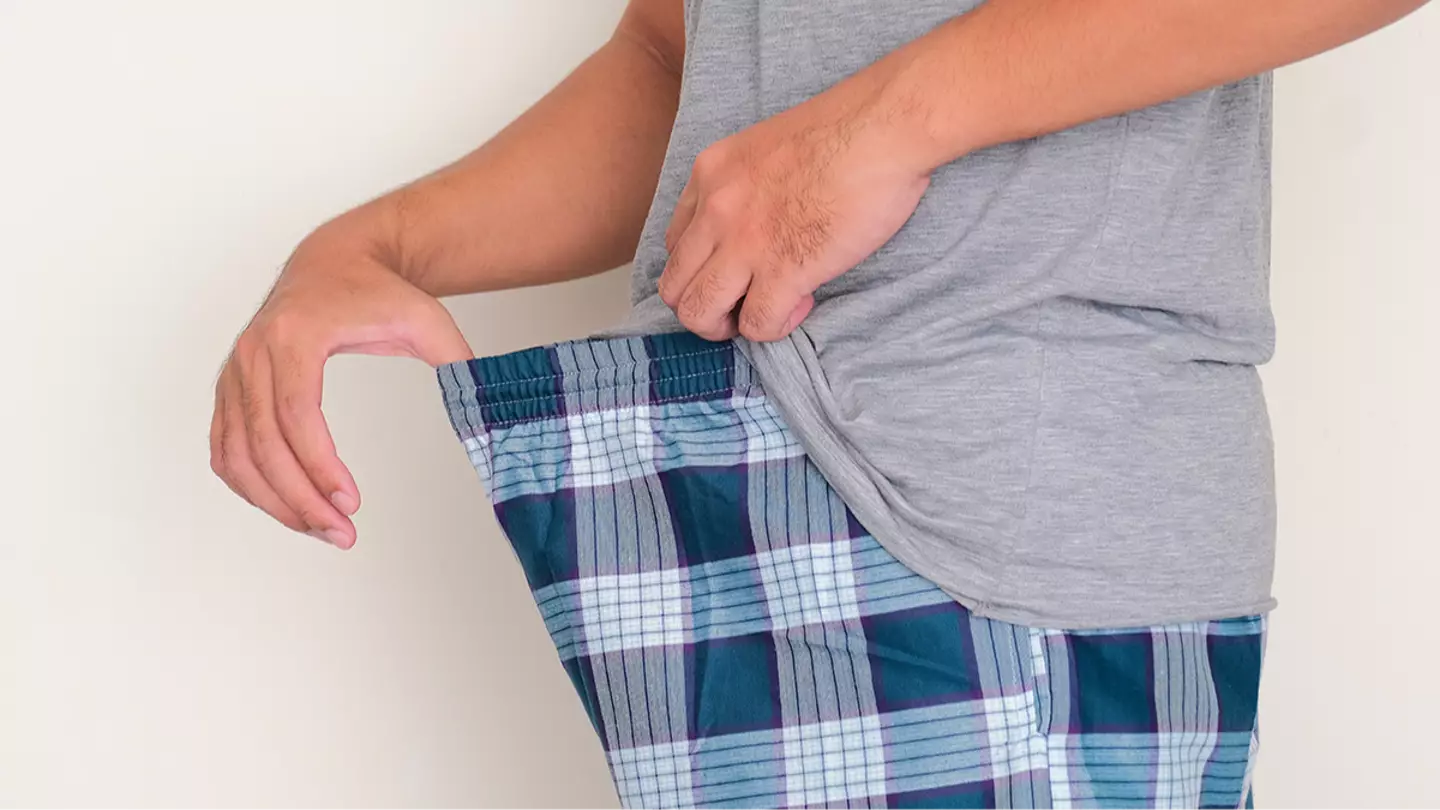
You know what they say, an orgasm a day keeps the doctor away...







